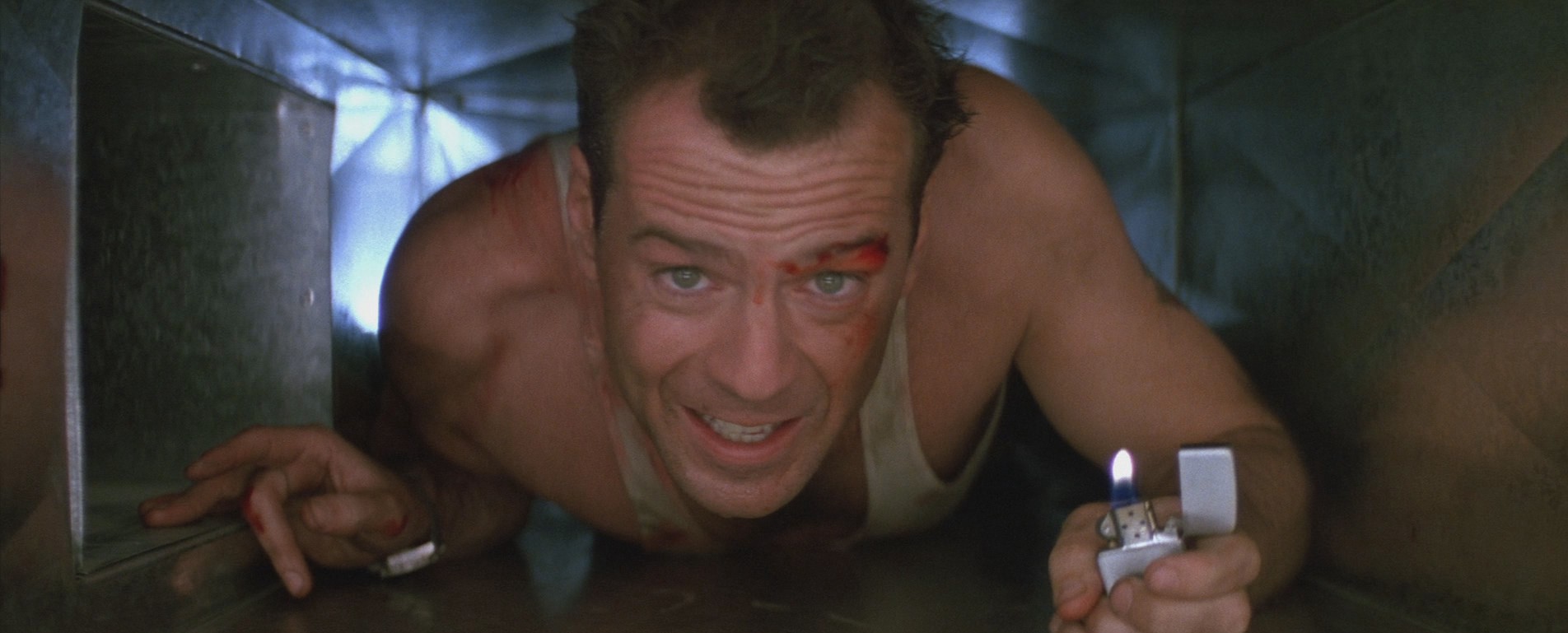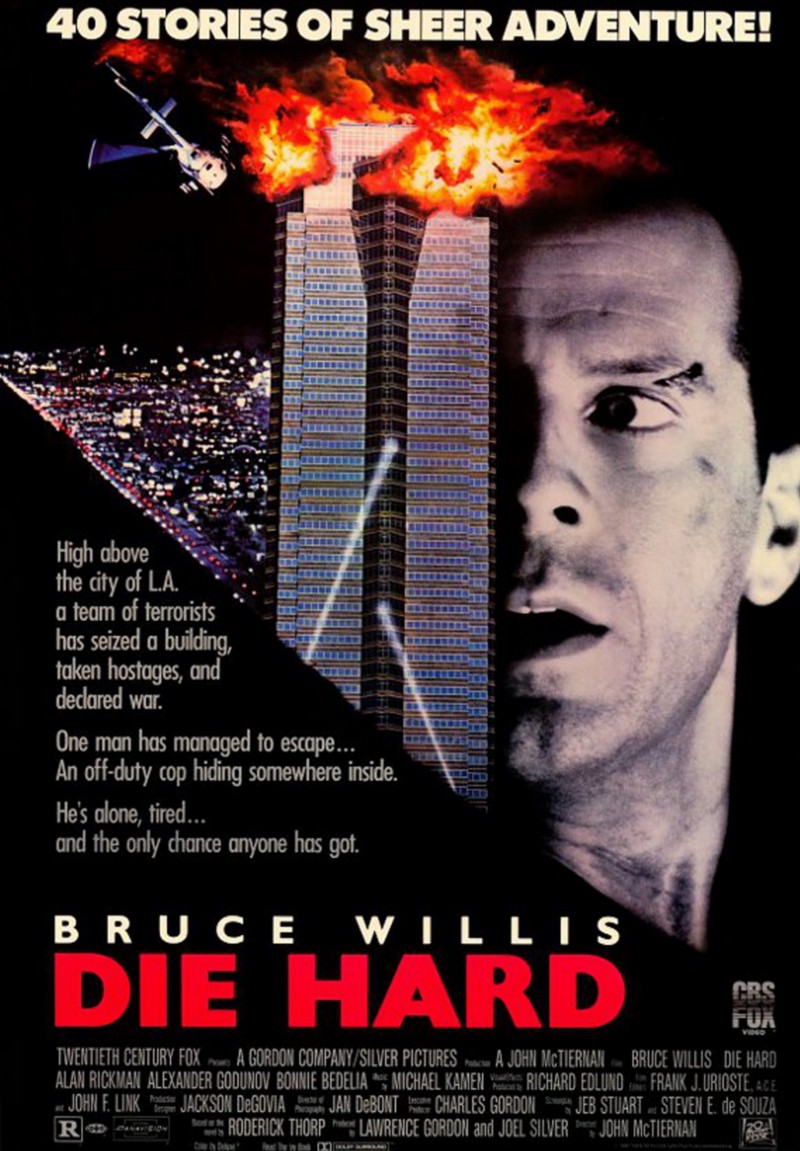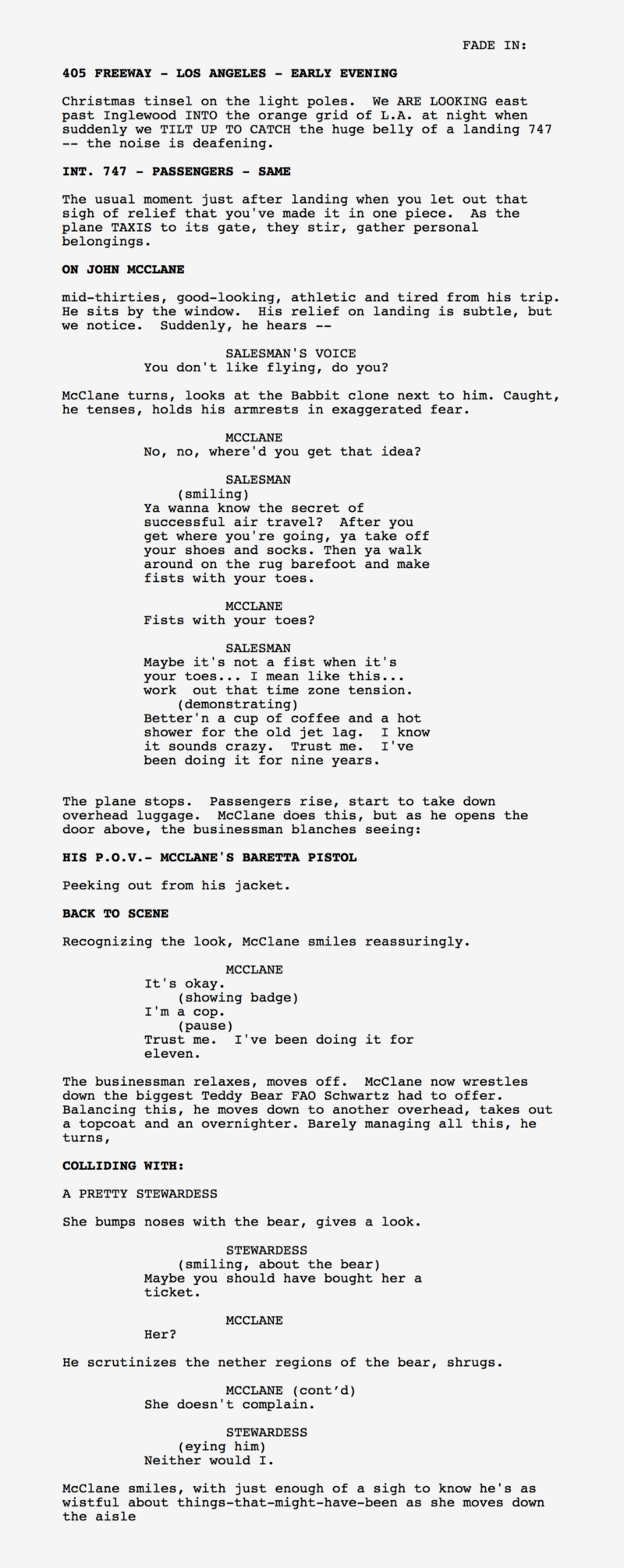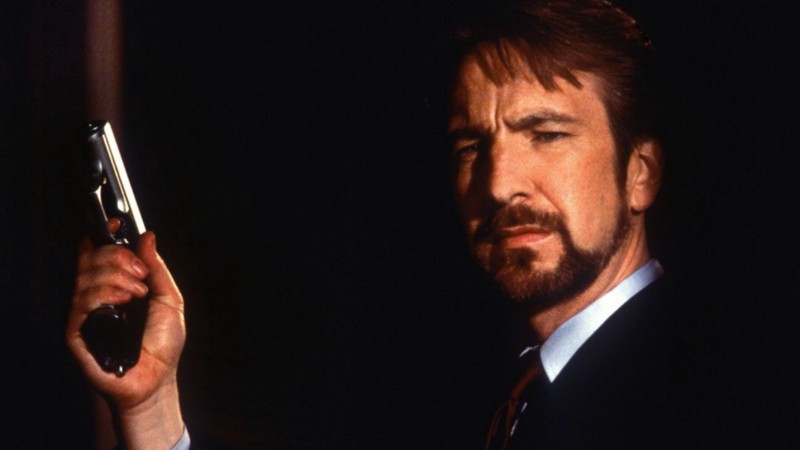
How the simple and to-the-point character introduction in “Die Hard” elevated it from a mere standard action flick to an all-time classic.
Introducing characters in a story is difficult. As a storyteller, you have to introduce the characters to the audience in a way that they can relate to them. Even unlikeable characters.
We all have our favorite and memorable characters from the annals of film history. Characters that in some form or another made a lasting impression on us. Some of the characters made a grand entrance and others grew on you the more you got to know them.
This article focuses on the introductions. The scene or sequences where the characters were introduced to the audience in such a way that you instantly knew “this is going to be a good story.”
Since its premiere in 1988, “Die Hard” has become “The Perfect Christmas Movie”. It is arguably one of the best action movies of all time, but where it really excels is in the character introductions. So it’s only fitting that in the spirit of the holidays, we look at Die Hard as an example of good introductions of characters.

Meet John McClane
The first two minutes of Die Hard accomplishes something that very few movies do. It introduces the main hero and at the same time carefully drops some very important expositional details about him. It even manages to set up a sequence for later in the movie.
It’s a great opening scene, and it only lasts two pages in the screenplay and two minutes of screen time. It is as economical and to the point as it can get.
Read the pages from the screenplay below and notice how the scene is written. Notice how nothing is explored for too long. Almost everything is mentioned in passing. But notice that after it, you have a very good understanding of who John McClane is and where he’s going.

There you have it. In less than two pages of screenplay, the screenwriter successfully managed to cram a ton of information about John McClane into the story. And I bet you didn’t even notice it the first time you saw the movie. But in just two minutes, we gathered a lot of information about John McClane:
- He is afraid of flying
- He is a father, and he’s bringing a teddy bear for one of his kids
- He is married (or as least not actively looking for women at the moment)
- He is good looking
- He is a policeman from New York with years of street experience
- He wears a gun on the plane (this was 1988)
- He has a sense of humor (“Trust me I’ve been doing it for eleven”)
They could have introduced McClane in a hundred other ways. They could have shown him in his natural milieu in New York as an ass kicking street cop kicking ass and taking names. They could have shown him as a tough guy — “You’ve got to ask yourself one question. Do I feel lucky? Well, do ya, punk?”. But they did not. They showed him as a vulnerable husband that’s scared of flying and comes to visit his estranged family.
That is a novel way of introducing your main character in an action movie.
Imagine for a moment what a different story Die Hard would have been if they had opted to introduce John McClane as some Dirty Harry clone. Even if the rest of the movie had remained unchanged, framing McClane like this would have completely shifted our feelings for him and I dare to claim it would have made the story far less interesting.
And the majority of the introduction wasn’t even about McClane and who he is. It was mostly about his fear of flying and the salesman sitting next to him giving him advice on how to handle jet lag. This conversation with the salesman might seem strange or even off-beat funny at first, but it seamlessly sets up why McClane later in the movie is running around in the offices of Nakatomi Plaza barefoot.
Now watch how the entire scene made it into the movie. There are a few minor changes between the screenplay and what ended up on the screen, but the setup, structure, and dialogue are virtually unchanged.
All this, in just two minutes.
Strong Independent Female Lead
John McClane’s wife, Holly, is introduced in a similar economical and lean fashion. She is introduced in a scene right after the previous scene with John McClane landing in LAX. This scene is a bit longer, spanning just over three pages.
When you read through Holly’s introduction, notice how feminine and motherly she is portrayed while at the same time, she’s strong and independent. There is no man here to tell her what to do and what not to do.
This is not just a female character in an action movie put in as fancy window dressing.

And again, see how the scene is extremely skillfully acted and somewhat downplayed on the screen by actress Bonnie Bedelia.
It is understandable that you as a storyteller and filmmaker want to dazzle your audience and get as fast as possible to the “fun parts” and the more exciting action sequences of your movie, but if the foundation isn’t laid down properly, the audience won’t care one bit about the character. They will have nothing invested in the story. By building it up like this, tension and a sense of urgency are added to the story.
When Shit Hit The Fan
So, when Hans Gruber and his gang of terrorists/bank robbers enter the story and the “action parts” of the action movie start, then you are 100% onboard as to why different characters act like they do — what their motivation is. You know from very subtle clues what their dreams and fears are and what drives them.
Everyone’s’ motivations are as clear as day. John to flew to LA to win back his estranged wife and spend time with his kids. Holly wants her husband to change. To settle down, and maybe follow her to LA. She still loves him deeply.
Hans Gruber is motivated by the age-old motivation of them all; the almighty dollar.
Nothing that happens later in the movie is “out of character” for any of these characters.
The introductions and setting up of internal emotions and external motivations is so phenomenally well made in Die Hard. It is done so subtle that you’re not even aware of the incredible amount of background information that’s been provided about the various characters. You might think that their motivations are simple, but remember that simplicity is not a very simple thing.
John McClane is the perfect action hero leading character. Not because he’s a cop and therefore by default saves the day. Being a cop is just his skill set. He’s the perfect hero because we believe in his drive and his motivation. He truly loves his wife.
Sidenote: The Perfect Villain

It’s hard to fathom that the role of Hans Gruber was Alan Rickman’s motion picture debut. He had extensive theater pedigrees before venturing to Hollywood, but with the role as Hans Gruber, Alan Rickman perfected the action movie villain. Cool, calculated and stealing the scenes just as much as the charming Bruce Willis.
The writers of Die Hard also showed Gruber as a proper villain. In his mind, he is the hero of the story and McClane is the antagonist trying to foil a perfectly orchestrated bank robbery against an evil money scheming mega corp.
It’s all the sadder that he left us all too soon this year — but we have the many, many movies, he perfected with his presence to look back at.
RIP Alan Rickman (1946–2016).
True Craftsmanship
“Everybody in Hollywood wants to be the second person to do something the first time.” (Steven E. De Souza, screenwriter of Die Hard)
Die Hard became the de facto action movie template that all other action movies were to be measured against. And in the time-honored tradition in Hollywood of “copy and repeat” — in the years since, we have seen movies like “Die Hard on a Bus” (Speed), “Die Hard on a Boat” (Under Siege), “Die Hard in a Hockey Arena” (Sudden Death) and “Die Hard with the US President” (Air Force One). But none of them has captured the pure essence of the first Die Hard movie, not even the Die Hard sequels themselves.
It is so rare today that we get to see action or adventure movies like Die Hard where the craftsmanship is so prevalent. If we have to believe in a one-man-army out to rescue us all from the imminent doom and destruction, it has to be someone who has flaws and vices and by no means is a super-human. Because none of us are, and in movies like these, we don’t want our heroes to be.
Making a lasting impression on others is hard, and the first impressions last. But if you as a storyteller do it with economy and elegance like Die Hard, the audience will thank you for it.
And then you have made a lasting impression with your story.
Links to the movie and to the screenplay
Buy the movie from Amazon.com / Amazon.co.uk
And download the entire screenplay.
Thanks for reading!
Simon Lund Larsen works as a Product Manager at a large toy maker in Denmark in the daytime and writes short stories, screenplays and posts like these in his spare time. You can find him here on Medium as Simon Lund Larsen or on Twitter with the same handle @SimonLundLarsen.